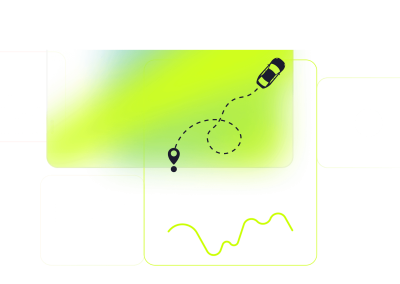Designing for Safe Mobility
A Holistic, User-Centric Approach to Roadway Design

KYTC’s Designing for Safe Mobility website houses critical knowledge roadway designers need to plan and design facilities that deliver on the promise of providing safe and efficient mobility for all users. Along with short primers on topics that inform contemporary design best practices, users can search content found in Human Factors Guidelines for Road Systems (NCRHP Report 600). The site will be refreshed often so it remains a trusted, up-do-date resource for designing safe, context-adapted facilities.
Complete Streets

Home
Design Primers
Safe System Approach
Road Classification
Human Factors
6.2 Task Analysis of Curve Driving
Safe Mobility Checklist
6.4 Influence of Perceptual Factors on Curve Driving
6.6 Speed Selection on Horizontal Curves
6.8 Countermeasures for Improving Steering and Vehicle Control Through Curves
6.10 Countermeasures to Improve Pavement Delineation
6.12 Signs on Horizontal Curves

filter
HFG Database
5.2 Key Components of Sight Distance
5.4 Determining Stopping Sight Distance
5.6 Determining Intersection Sight Distance
5.8 Determining When to Use Decision Sight Distance
5.10 Determining Passing Sight Distance
5.12 Influence of Speed on Sight Distance
7.2 Design Considerations for Turnouts and Grades
7.4 Geometric and Signing Consideration to Support the Effective Use of Truck Escape Ramps
7.6 Preview Sight Distance and Grade Perception at Vertical Curves
8.2 Task Analysis of Lane Changes on Tangent Sections
8.4 Overview of Driver Alertness on Long Tangent Sections
9.2 Perceptual and Physical Elements to Support Rural-Urban Transitions
16.6 Rumble Strips
10.4 Factors Affecting Acceptable Gap Distances
10.10 Sight Distance at right-Skewed Intersections
No results found.
CONTACT:
Chris VanDyke
Research Scientist | Program Manager
chrisvandyke@uky.edu


